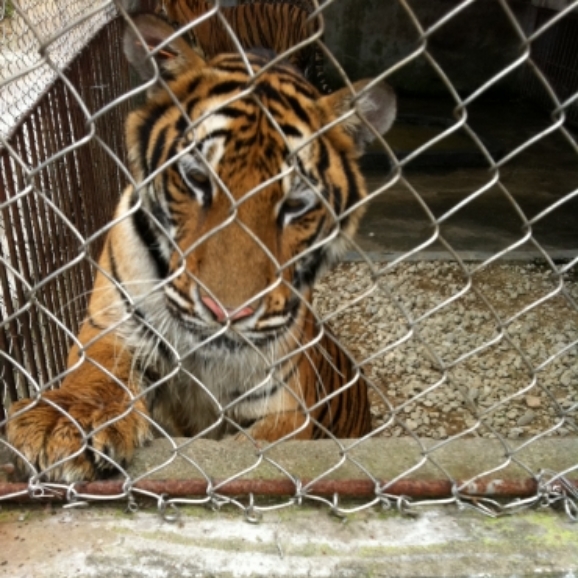The demand for wild tiger skins, bones, parts, and derivatives makes illegal poaching & wildlife crime, without a doubt, the biggest and most concerning threat that the world’s remaining wild tigers face.
Demand for these products drives organised illegal trade leading to rapid declines and local extinctions. Since 2000 at least 1,031 skins and carcasses have been intercepted, along with 136 live tigers. However, this likely represents just 10 % of the actual numbers being trafficked. The illegal wildlife trade is thought to be worth around 20 billion USD $ per year.


















